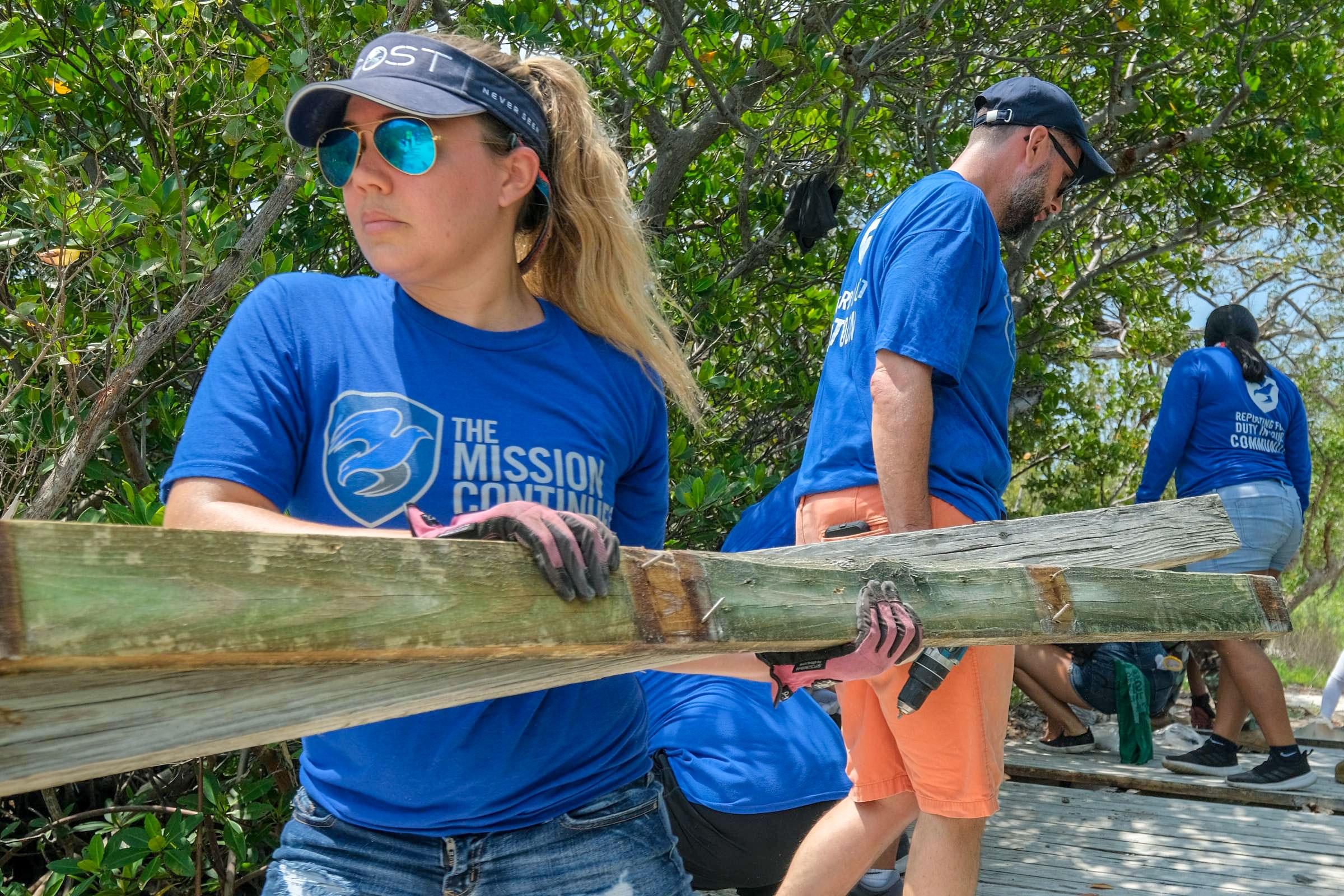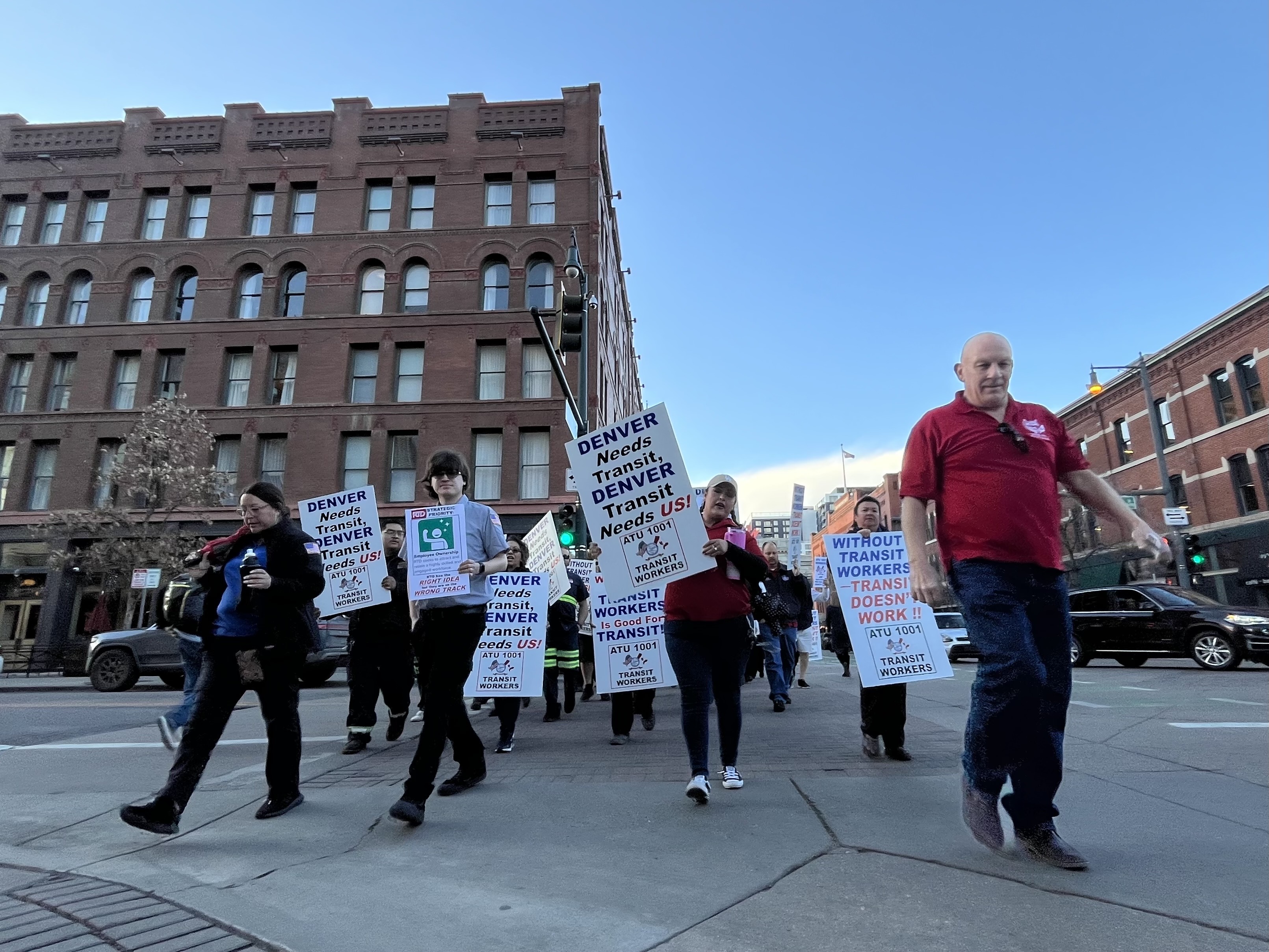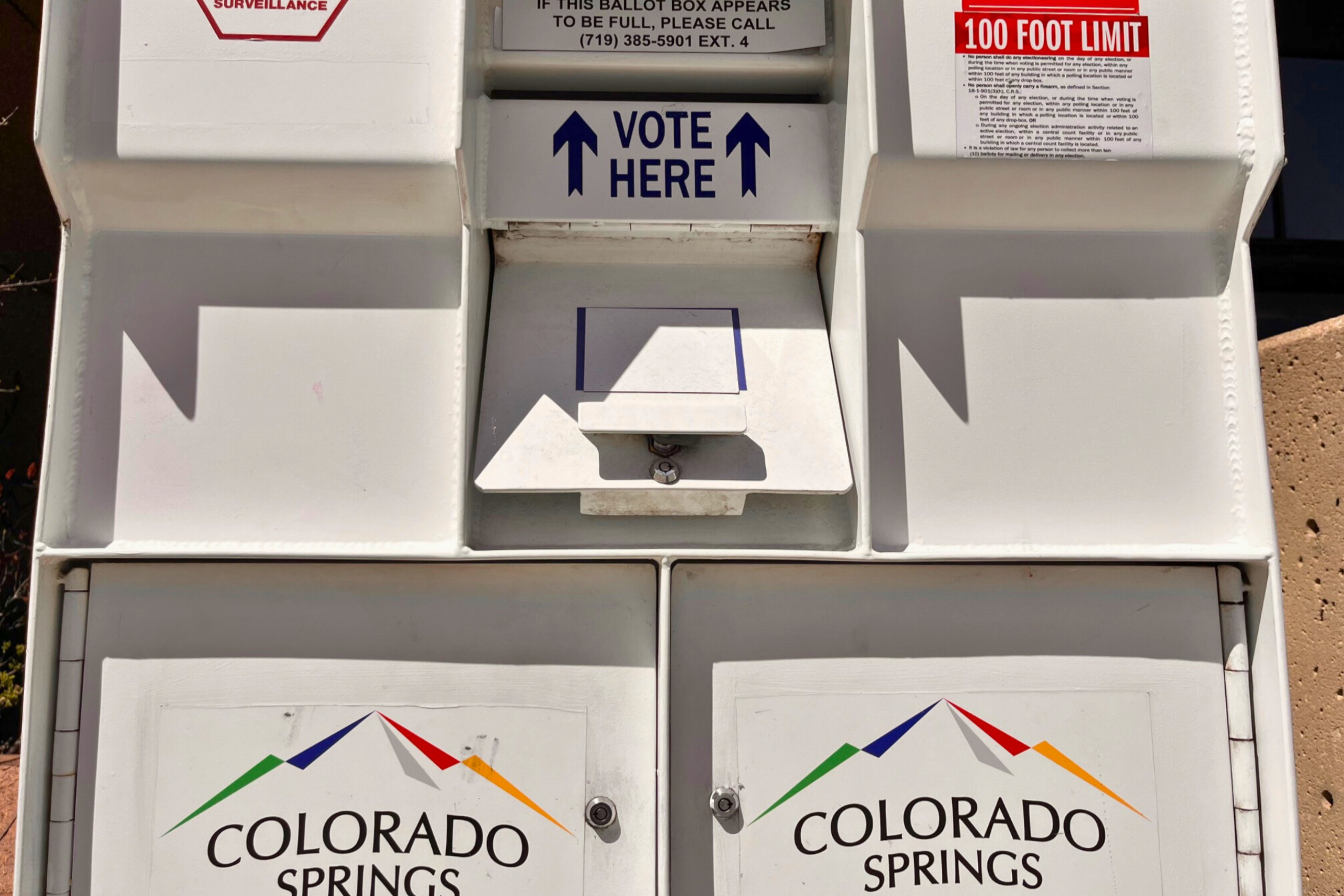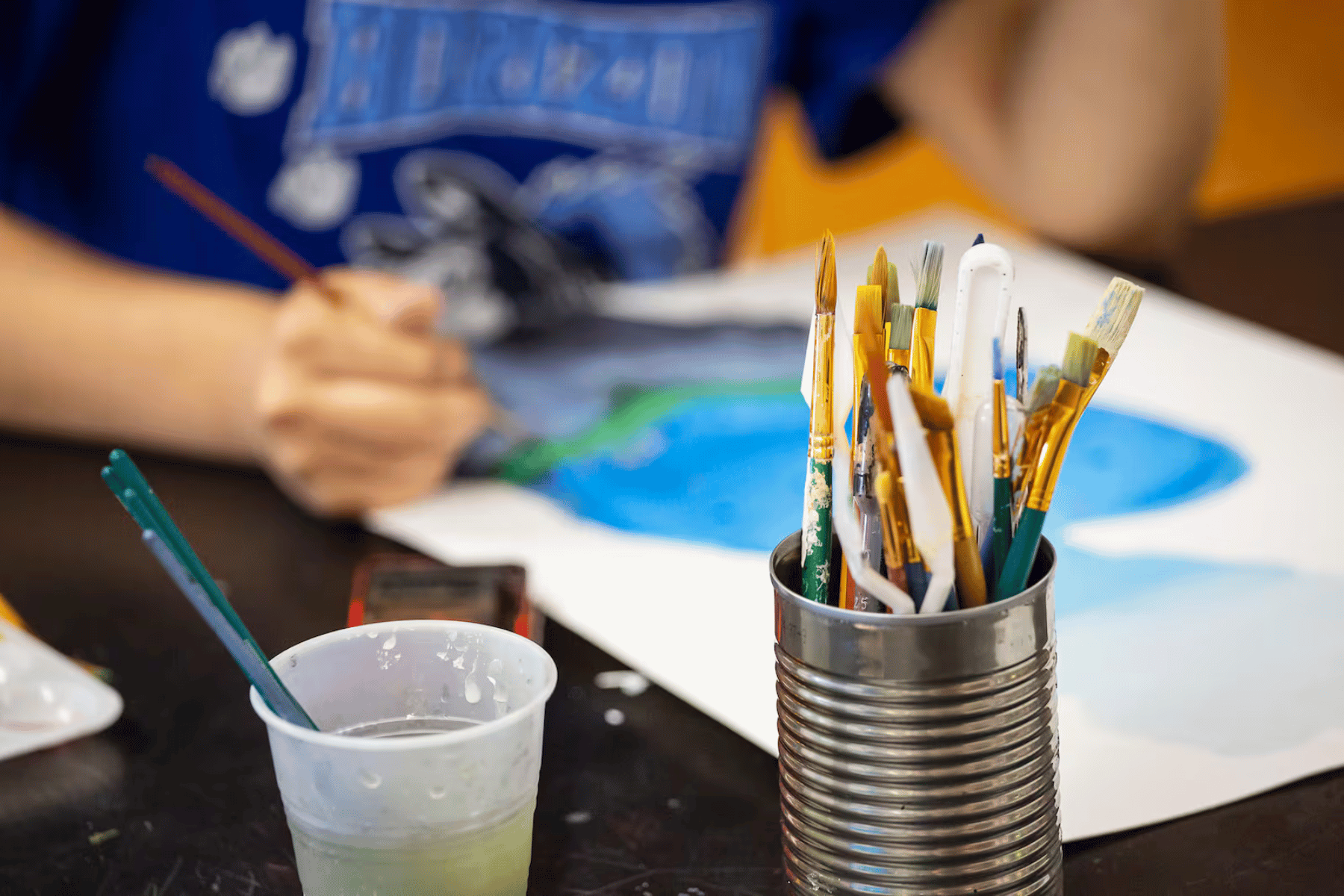
A group of military veterans and their family members spent a recent sunny day performing maintenance and cleanup work at Boca Chita Key, part of Biscayne National Park outside of Miami, Florida.
They did it not just to help the park, but also to help themselves.
“Whatever they might be dealing with, it provides a positive outlet,” said Joshua Marano, a park archeologist and a veteran himself. “When we take 40 folks who are able-bodied, willing, and excited to help, they have an outlet for that energy.”
The military has had a long relationship with the nation’s parks. Before the National Parks Service was established in 1916, the military was charged with the care of public lands. More recently, veterans advocates and volunteer groups have promoted outings like the one at Biscayne, in which veterans repair park facilities, clear trees and debris, and perform other tasks.
A growing body of research suggests those kinds of activities help veterans transition to civilian life.
“We know there is therapeutic value. We feel it in ourselves as human beings,” said Jacqueline Crucet, the Associate Director of the National Parks Conservation Association, a citizen advocacy group celebrating its centennial year. “Our veterans talk about it all of the time. ‘Walking the trail, walking off the war’ is a common phrase.”
Crucet is among a group of advocates around the country who want nature activities recognized as part of therapy for post-traumatic stress disorder and other issues veterans face. So far, it has been a hard sell.
“It is always easier to have a pill be paid for through insurance, VA or otherwise, than to have a park prescription recognized and valued as therapy,” she said. “It’s harder to talk about the intrinsic value national parks provide and put a dollar amount on it.”
A growing number of scientists are trying to quantify that value. Craig Bryan with the National Center for Veterans Studies at the University of Utah has studies where he takes veterans and active duty service members out into nature for two-week retreats. They wear Fitbits and other monitors to measure hormone levels and other vital signs, and therapists talk with the veterans every day about how they’re feeling.
“There is still a large knowledge gap related to the potential effects utility of various nontraditional, non-medical based intervention,” Bryan said. “I think an important next step is to increase the quality of that scientific research so that we can better understand the ways in which outdoor activites can be helpful and ways they are not so helpful.”
Bryan said the results so far are positive.
“It is possible for someone to take a couple of weeks off of work, or if they are active duty, they can be placed on orders and they can come to Utah,” he said. “We basically put them through this very intensive treatment program and we can help them to recover.”
Some members of Congress are already convinced of the therapeutic value of outdoor work. Legislation sponsored by Republican Rep. Chris Smith of New Jersey and Democratic Sen. Catherine Cortez Mastro of Nevada would require the Department of Veterans Affairs to coordinate with the Interior Department and other agencies to establish recreation and treatment programs on public lands.
“Studies have shown that outdoor recreation has a positive impact on overall physical health, mental wellbeing and recovery outcomes, especially for our veteran populations who often turn to the outdoors to heal from trauma,” Cortez Mastro said in a statement.
Several veterans said the excursion at Biscayne National Park was helpful to them. As they demolished a 30-foot wooden bridge damaged by Hurricane Irma, there was laughter, enthusiasm, sweat and hard work. 29-year-old Jennifer Puentes said she felt a sense of camaraderie that helped comfort her after a difficult four years in the Navy.
“We could spend up to three months out to sea, no land,” she said. “I was sexually assaulted in the military. I had problems with sleeping. When I got back into nature, especially doing stuff like this, I was able to sleep peaceful for six, seven even eight hours. It is amazing.”
Derek Auguste also had a hard time getting past his military memories — especially from Haiti where he saw the immediate aftermath of the 2010 earthquake. When he returned home from the service in 2015, his personality was completely different than it had been before he enlisted.
“My wife saw me as this hard charger, a soldier. Whatever problem they threw at me, I dealt with and dealt with it powerfully,” Auguste said. “To then be somebody spending days on my couch, it was not working.”
Auguste is now a platoon leader with The Mission Continues, a nonprofit group that helps veterans adjust to life at home. He attended the Biscayne Park event with his 13-year-old son, Donovan.
“It helps my father,” Donovan said. “He feels free to do what he wants, because in the military you had to do what your general did.”
This idea of nature as a part of therapy for veterans is gaining a lot of momentum. In November, the University of Utah will hold a symposium to build on the research and encourage more funding to go into it.
This story was produced by the American Homefront Project, a public media collaboration that reports on American military life and veterans. Funding comes from the Corporation for Public Broadcasting.









